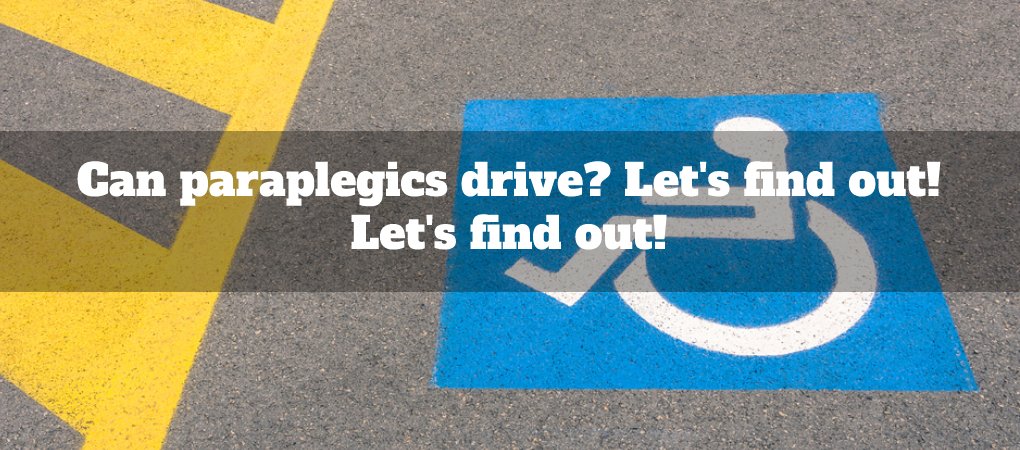Paraplegics are often considered unable to drive, but this is not always the case.
With modern technology and adapted vehicles, paraplegics can enjoy the same freedom as other drivers.
However, how they go about driving a car after becoming a paraplegic varies from person to person.
This article will explore how paraplegics drive, what technology helps them do so safely, and how much it costs to get an adapted vehicle suitable for paraplegic drivers.
So if you or someone close to you has recently suffered from a spinal cord injury and wants to get behind the wheel, read on!
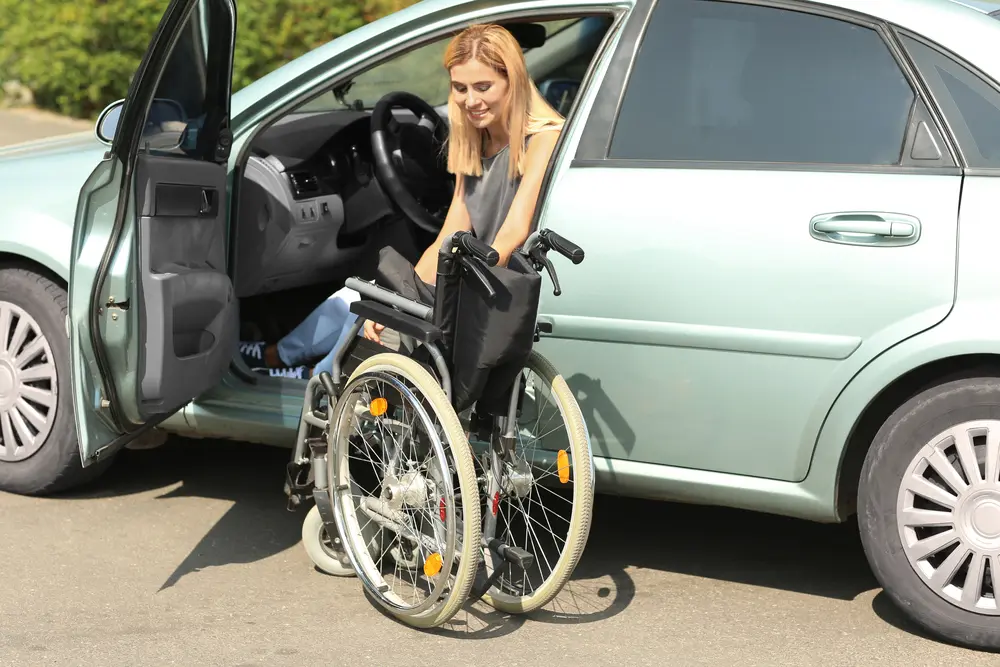
The cost
The cost of an adapted vehicle for paraplegics is an important factor to consider. Adapting a vehicle to meet the needs of a paraplegic driver can cost anywhere from $5,000–$30,000.
The cost depends on the type and model of the vehicle being adapted and the extent of the adaptations.
Fortunately, some vehicle companies offer cost assistance and financing options. Qualified dealers can provide competitive pricing on adapted vehicles as well.
Ultimately, cost shouldn’t be a deterrent for someone considering driving after becoming paraplegic; with the right help, it’s possible to find an affordable solution that works for you or your loved one.
When you’re ready to take the next step and get an adapted new vehicle, be sure to do your research and consult a qualified dealer for cost-effective options.
With cost considerations out of the way, let’s look at what technology paraplegics can use to drive.
The steering wheel
Paraplegics who want to drive often use a smaller steering wheel specially designed for them.
This steering wheel is much smaller in diameter than regular steering wheels and consists of two levered handles with hand controls. The driver can control the steering, speed, and brakes with just one hand.
The steering wheel is often mounted on a frame that can be adjusted in height and angle. This allows the driver to set the steering wheel at the most comfortable level.
The smaller steering wheel also features two larger buttons that allow the driver to control other functions like turn signals, windshield wipers, and headlights.
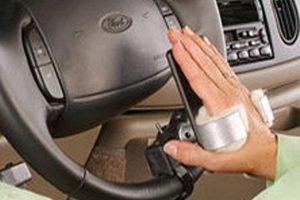
Hand controls
Paraplegics who drive use hand controls instead of the regular steering wheel.
The hand controls have two handles that can be used with one hand to control the speed, brakes, and turning.
There are also bigger buttons that control other things like turn signals, wiper blades, and headlights. They are specially made for people who have limited arm function.
The hand controls can be adjusted according to the driver’s preference. The handles and buttons are set up so the paraplegic driver can safely reach them while driving.
With hand controls, paraplegics can enjoy the same freedom as other drivers. They can even confidently take long trips, knowing they can safely control the car.
Cruise control is a special feature on some cars that allows drivers to set how fast they want their car to go. Paraplegic drivers can also use cruise control by setting controls or buttons for people with limited maneuverability.
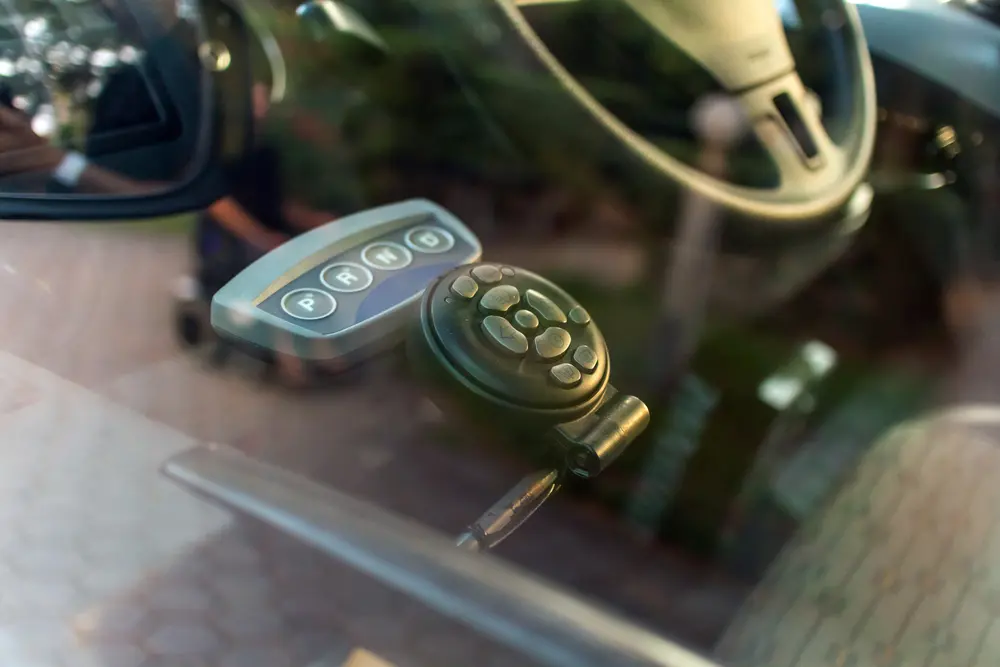
Vehicle seat
Vehicle seats can be customized to accommodate paraplegic drivers with specific needs.
Special vehicle seats are designed to support the driver’s body most comfortably and safely as possible, allowing them to drive with greater ease and safety.
These vehicle seats typically feature adjustable lumbar support, headrests, and armrests.
The vehicle seat can also be designed to tilt forward slightly and slide forward or backward, allowing the driver to get closer or farther away from the steering wheel.
In addition to seat adaptations, paraplegics can modify the driver’s seat to meet their needs.
For example, a lap belt can be installed to provide extra support and positioning while driving.
The seat may also have a seat belt receiver that allows the driver to use the vehicle’s existing three-point seatbelt system.
These modifications ensure that paraplegic drivers are securely fastened, reducing their risk of injury in an accident.
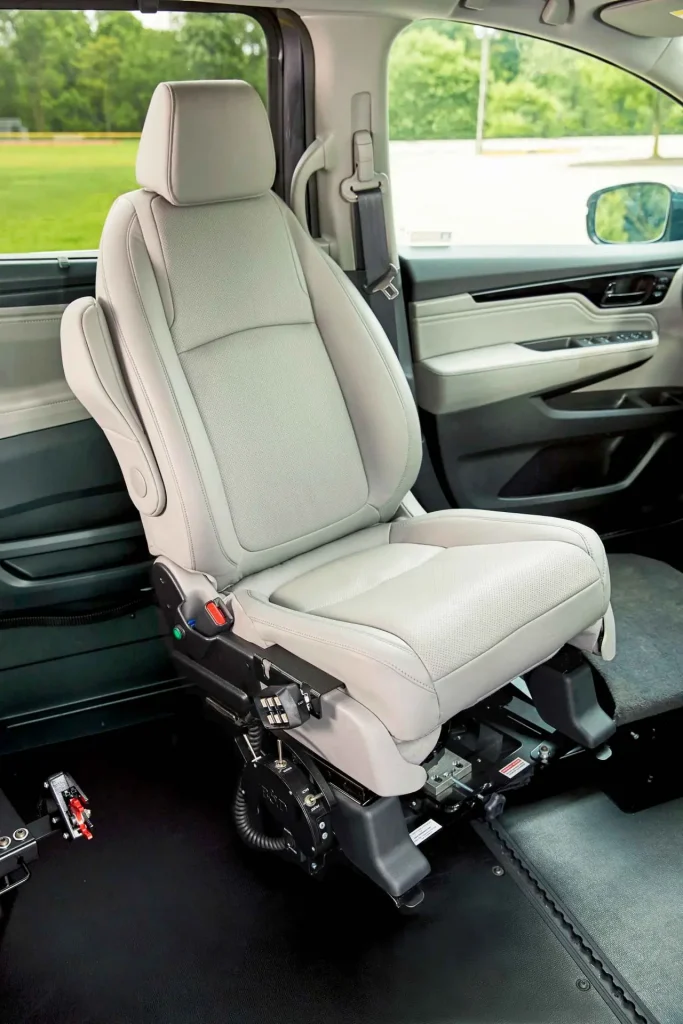
Gas and brake pedals
Paraplegics can use special gas and brake pedals to drive modified vehicles safely. The gas pedal makes the car go faster, while the brake pedal is used to slow down or stop the car. The gas and brake pedals are adjusted so paraplegic drivers can reach them.
Modifications can be made to drive to any location (even long drives) safely. For example, the gas pedal can have a larger surface area or a longer handle, so they don’t need to reach as far.
These modifications ensure that paraplegic drivers can safely and comfortably control their vehicle’s speed and stopping power.
Do you have to relearn driving?
Paraplegics who want to drive might need to relearn how to do it. They can see a certified driver rehabilitation specialist for a driving evaluation, and if their car needs to be modified, the specialist will help with that too.
Once the car is ready, they can practice driving and may be able to drive safely without needing any more lessons.
Insurance companies may cover the cost of vehicle modifications and driver training.
Overall, paraplegics have access to a wide range of adaptive technology that allows them to drive safely and confidently, even if they cannot use their legs.
With insurance coverage and the right adaptive technology, paraplegics can access a world of independence.
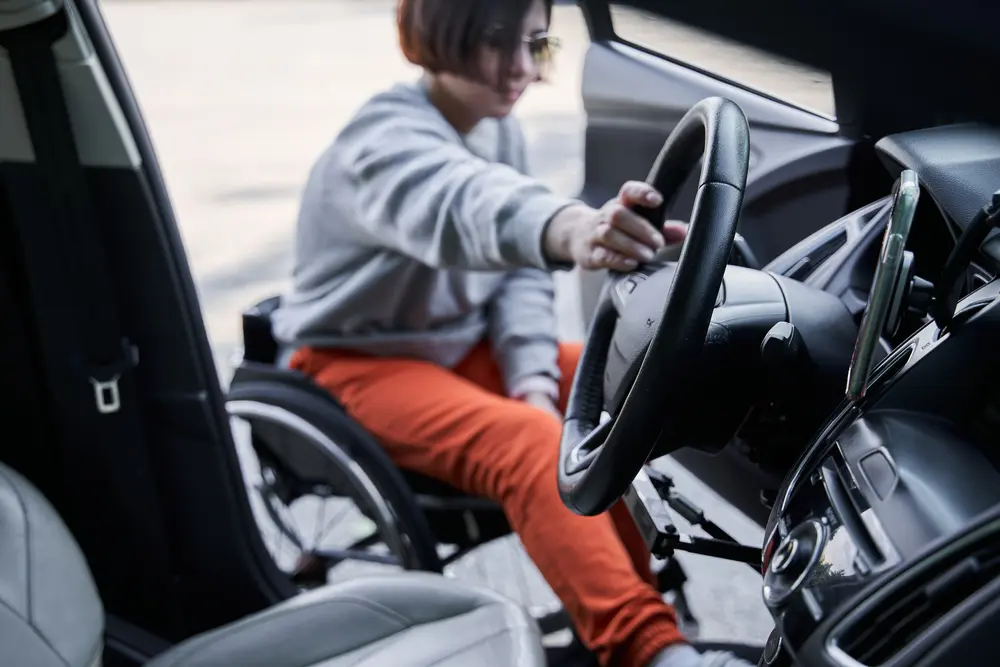
Driver’s license
In some cases, when a person becomes a paraplegic and needs to use adaptive technology to drive, they may need to get a different license. If a person was previously licensed, their current driver’s license might be invalidated to accommodate their new needs.
Getting a new license may require an evaluation and tests to prove that the paraplegic driver can operate their vehicle safely.
Once approved after a driving test, they can get a special license or endorsement that allows them to drive with adaptive equipment. This will allow them to move around without relying on other people or public transportation.
Financial assistance
Financial assistance is available for paraplegics who want to drive or need adaptive equipment.
Private insurance companies may cover the cost of vehicle modifications and driver rehabilitation. Some state and federal programs also provide grants to assist with these costs.
The National Highway Traffic Safety Administration (NHTSA) offers a Mobility Assistance Program that helps people with disabilities purchase adaptive vehicle equipment.
Do veterans get special perks
Veterans Affairs does assist veterans with disabilities who want to drive.
Veterans of the United States armed forces, veterans of foreign military service, veterans of the National Guard or Reserves, and veterans discharged from active duty for a disability can receive help through the Department of VA Mobility Program.
Before you go
We’ve covered a lot in this article.
If you want to complete what you’ve learned today, read our post about the cost of building a wheelchair ramp and guide to public accessible transportation.
If we’ve missed anything in this article, let us know. We’ll include it for everyone to read.
